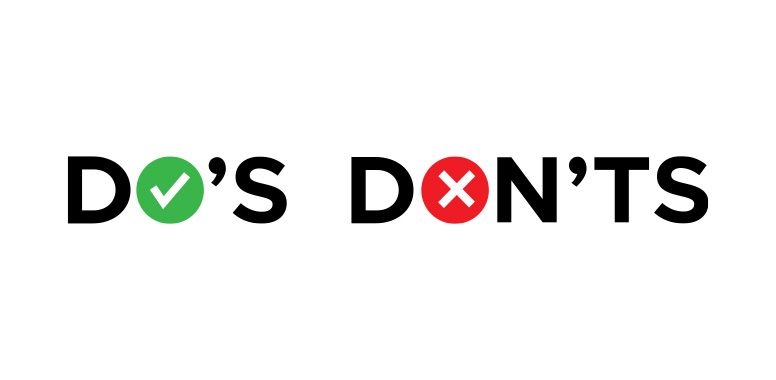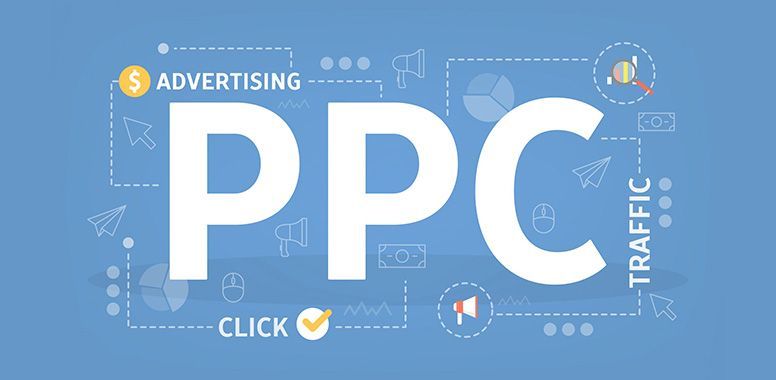An Overview of Amazon's 2024 Seller Fee Changes
Understanding Amazon's fee changes in 2024 is like finding your way through a maze. There's a lot to figure out, but with the right knowledge, you can navigate it successfully. These changes are all about making things run smoother, being more eco-friendly, and helping sellers like you do better. Let's break down these adjustments and see how you can make the most of them in your online business journey.
Main Updates
- Product Size Tiers: Better Categorization
- Referral Amazon Fees: Adjustments for Apparel
- Inbound Placement Service and Defect Fees: Simplifying Inventory and Quality
- FBA Fulfillment Fees: Managing Costs Better
- Ships in Product Packaging Program: Eco-Friendly Discounts
- Prep Service Fees: Keeping Products Safe
- Removal/Disposal Fees: Managing Old Inventory
- Returns Processing Fee: Ensuring Quality
- Conclusion: Adapting to Change
Product Size Tiers: Better Categorization
In 2024, Amazon has overhauled its size categorization system for FBA products, moving beyond the broad "Oversized" label to more specific tiers such as Large Bulky and Extra-Large. This nuanced classification allows for more accurate fee assessments based on a product’s dimensions and weight.
For example, a product previously categorized under a generic "Oversized" category may now be classified under "Large Bulky," potentially resulting in different fee structures. This ensures fairer fee allocation and benefits sellers with diverse product sizes and weights. By categorizing products more precisely, Amazon enhances the transparency and predictability of fees, allowing sellers to better manage their costs and pricing strategies.
Referral Amazon Fees: Adjustments for Apparel
Amazon is making targeted adjustments to referral fees for apparel items, particularly for those priced under $20. Sellers will see reduced referral fees for clothing items priced below $15 and those in the $15-$20 range.
For instance, a t-shirt priced at $18, which previously incurred a higher referral fee, will now have a lower fee, enabling sellers to price their products more competitively. This fee adjustment aims to support sellers in the highly competitive apparel market, encouraging them to offer more competitively priced items. Lower referral fees help sellers reduce costs, which can be passed on to consumers through better pricing, thus enhancing the overall shopping experience.
Inbound Placement Service and Defect Fees: Simplifying Inventory and Quality
To streamline inventory management, Amazon now offers Premium and Discounted service levels for inbound inventory placement. Sellers can choose a service level that best fits their operational needs and budget constraints. Additionally, a new fee structure has been introduced to encourage timely and accurate shipments, reflecting Amazon's commitment to high service standards.
For example, sellers opting for the Premium service might benefit from quicker processing times, while those choosing the Discounted service can keep costs lower. This change underscores the importance of accurate inventory handling and efficient shipping practices, benefiting sellers by reducing potential delays and improving customer satisfaction.
FBA Fulfillment Fees: Managing Costs Better
Amazon's adjustment of FBA fulfillment fees based on new size categories will impact sellers of various products, particularly in the apparel and dangerous goods sectors. Standard-sized items will see a reduction in fulfillment fees, while fees for larger items will be recalibrated according to their new categories.
This realignment aims to better match fulfillment fees with the actual costs associated with handling and storing items of different sizes. Sellers of large or bulky products should review these changes to understand their cost implications. This adjustment helps ensure fair pricing across diverse product types and reflects Amazon’s efforts to optimize its fulfillment network, offering competitive rates for sellers.
Ships in Product Packaging Program: Eco-Friendly Discounts
Amazon is encouraging sellers to adopt eco-friendly packaging through its Ships in Product Packaging program, previously known as Ship in Own Container (SIOC). Sellers using sustainable packaging solutions will benefit from discounts on fulfillment costs. For example, a seller who switches to recyclable or biodegradable packaging materials may receive a discount, reducing overall fulfillment expenses.
This initiative aligns with Amazon’s broader sustainability goals, promoting environmentally responsible practices among its sellers. By incentivizing eco-friendly packaging, Amazon aims to reduce its environmental impact while providing cost savings to sellers, supporting a more sustainable ecommerce ecosystem.
Prep Service Fees: Keeping Products Safe
Amazon has revised its prep service fees to reflect changes in packaging material costs. The price of bubble wrap has increased to ensure better protection for products during shipping, while labeling fees remain unchanged to maintain clear identification of items.
For instance, the cost for bubble-wrapping a fragile item has risen, but this ensures that items are better protected from damage. Maintaining consistent labeling fees helps minimize shipping errors, enhancing customer satisfaction. Sellers should incorporate these changes into their budgeting and pricing strategies to ensure their products are adequately protected and accurately labeled, reducing the risk of damage and returns.
Removal/Disposal Fees: Managing Old Inventory
To encourage better inventory management, Amazon is updating its fees for removing or disposing of inventory. These adjustments are designed to incentivize sellers to prioritize inventory turnover and avoid the accumulation of excess or obsolete stock.
For example, fees for removing outdated products from Amazon’s warehouses have been increased, prompting sellers to manage inventory more efficiently. By aligning removal and disposal fees with the actual costs of handling inventory, Amazon encourages proactive inventory management.
Sellers should plan for timely removal or disposal of excess stock to minimize associated fees, improving overall operational efficiency and reducing costs.
Returns Processing Fee: Ensuring Quality
A new fee is added for handling returns in most categories, except for clothes and shoes. This encourages sellers to focus on quality to reduce returns and make customers happier. This fee adjustment incentivizes sellers to prioritize product quality and customer satisfaction, reducing the incidence of returns and improving the overall shopping experience.
By introducing a returns processing fee, Amazon aims to deter sellers from listing low-quality or defective products, thereby reducing the frequency of returns and associated costs. Sellers should focus on providing accurate product descriptions, high-quality images, and excellent customer service to minimize returns and mitigate the impact of this fee on their bottom line.
Conclusion: Adapting to Change
As Amazon sellers, it is crucial to understand these fee changes and adapt strategies accordingly. By managing costs better, optimizing inventory, and offering high-quality products and services, sellers can navigate the evolving landscape of ecommerce with confidence and success.
These adjustments reflect Amazon's ongoing efforts to support sellers, enhance customer satisfaction, and promote sustainability across its platform. Staying informed and proactive in response to these changes will help sellers maintain competitiveness and achieve long-term success in the dynamic ecommerce market.


